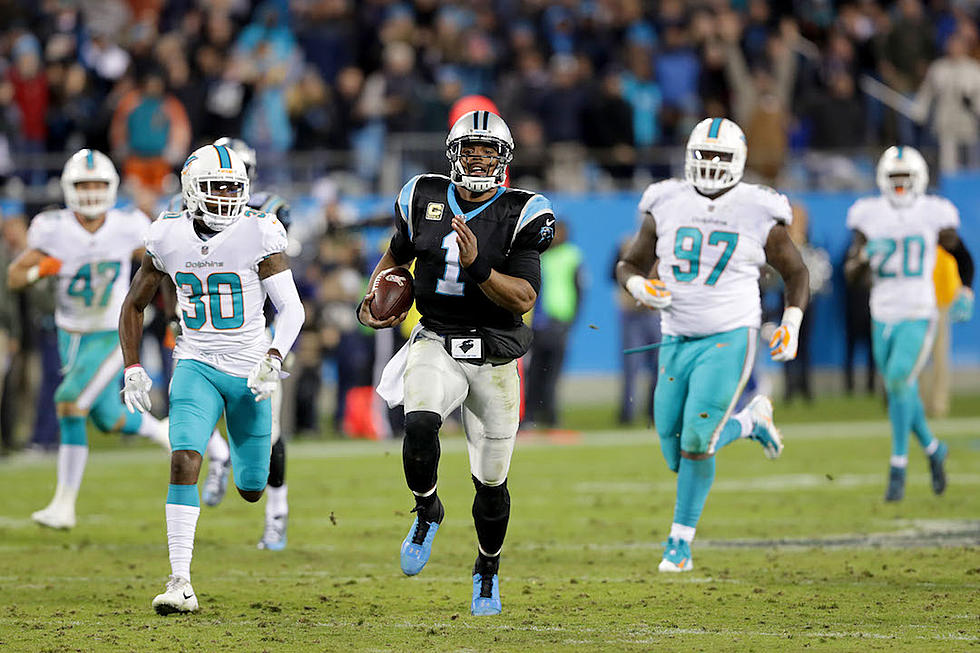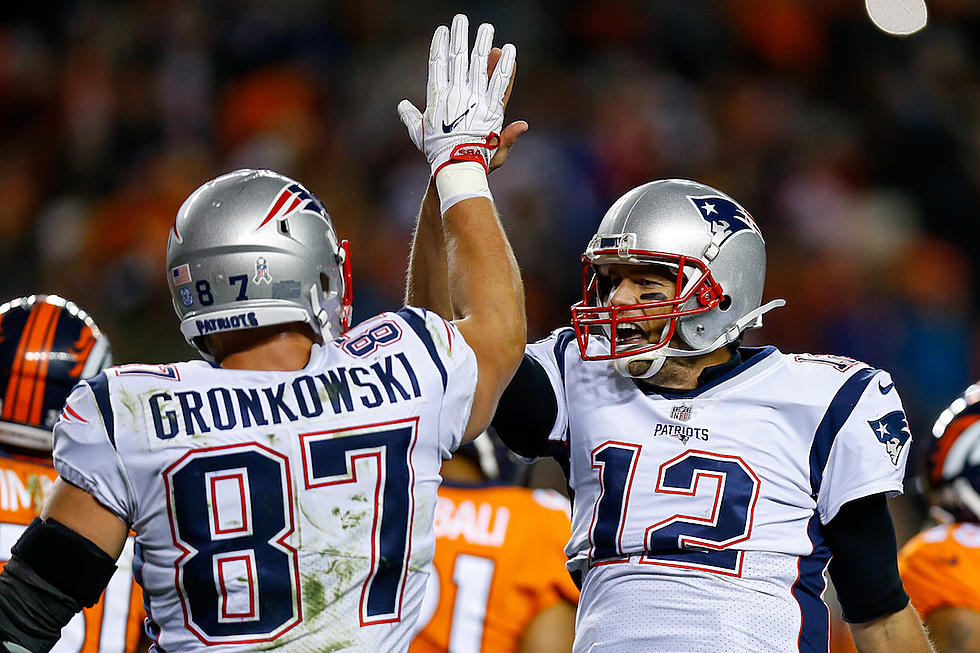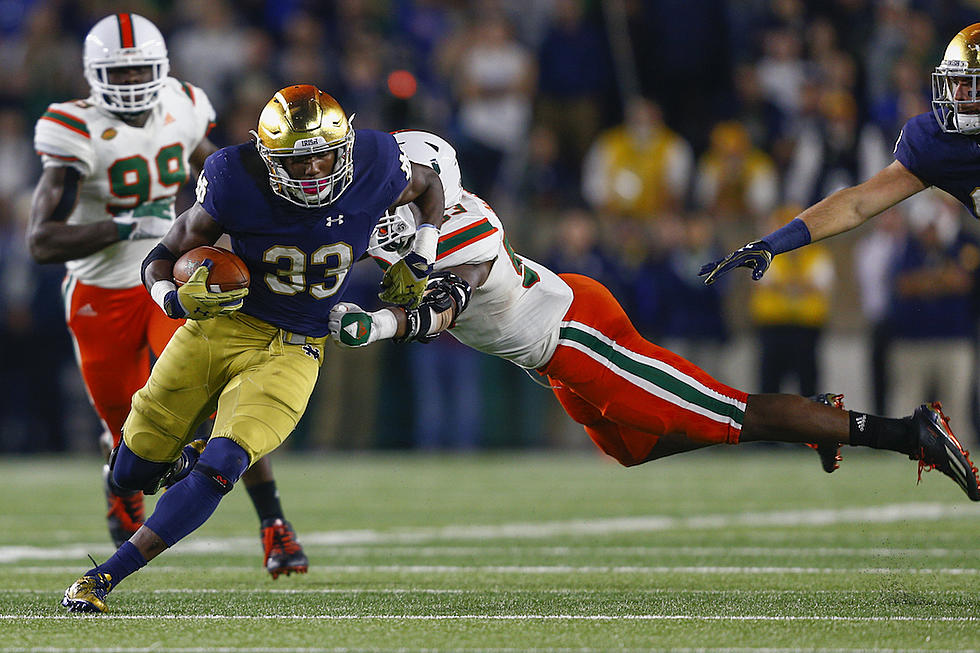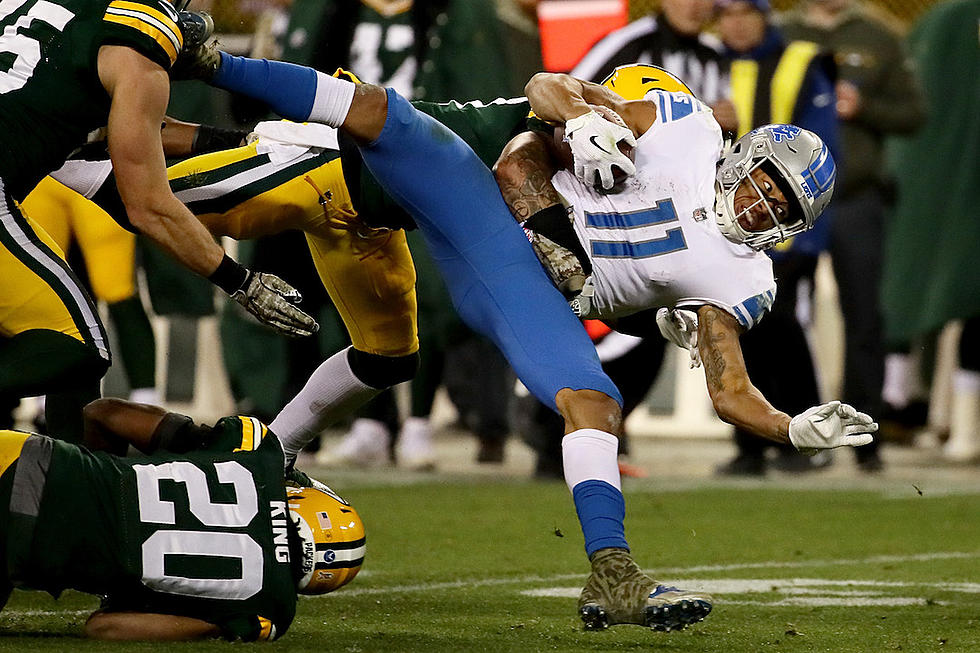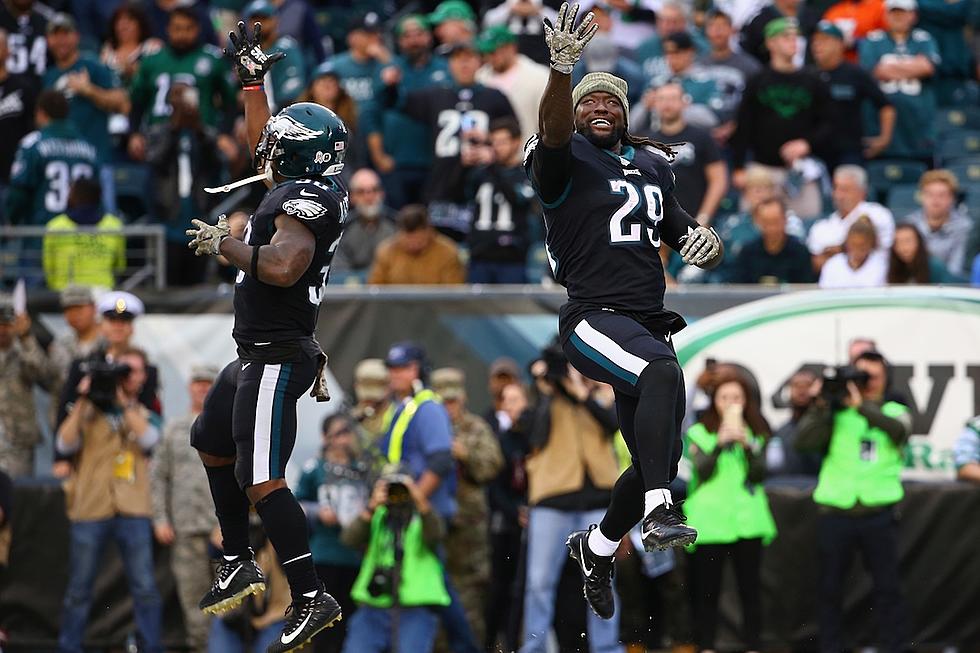
Magnus Carlsen and the Art of Mastery
Name: Magnus Carlsen
Profession: Chess grandmaster and the face of G-Star
Age: 20 years old
Home: Norway
How and when did you start playing chess? Who introduced you to the game?
My father tried to teach me to play chess when I was 5, but I wasn’t too interested. However, a few years later he was more successful. At the age of 8 I became very interested.
Chess isn’t a game you’re automatically good at, is it?
It takes time to be good at chess, and nobody masters it perfectly. I got so fascinated by the game that I used almost all my free time playing and studying it. I think that when you like something so much that training doesn’t feel like work, then you have a chance to become real good at it.
Who are some of your role models?
I have never had any big role models. I’m usually more interested in the way they play chess than in the actual person.
What kind of temperament must one have to be a chess player?
You have to be able to absorb yourself deeply into one interest. You need strong nerves and to be able to keep concentration for hours.
Who is your biggest rival?
At the moment I think it’s [Viswanathan] Anand and [Vladimir] Kramnik.
How long does an average match last? What has been your longest match?
Normally a tournament game of classical chess takes about three to four hours. I think my longest game lasted for about seven hours.
What did it feel like being named the youngest chess player to be ranked No. 1? I guess with a name like Magnus, you were born for greatness, no?
It was, of course, a great feeling to be the youngest ever to top the chess ranking. I was also the first Western player since Bobby Fischer in 1975 to reach the top.
What was the toughest match you played? Why?
I think my games against the absolute top players like Anand and Kramnik always are very tough. They are, of course, really hard nuts to crack, and just when you think you will win, they start to be very creative and the fight is not over at all.
The most rewarding? Why?
I think it’s rewarding when I’m able to win against the best oppositions. It’s a battle between ideas. I try to perform mine and at the same time stop my opponent’s plans. The same goes for him, and when I succeed against a real strong player, it feels great. If I lose, it’s even worse, of course.
Chess is a little bit old-school. Are there a lot of young people playing chess?
Yes, chess has become younger and younger. I think there are many extremely young talents out there. The Internet fits perfect with chess, and young people play millions of games every day online.
What are your other interests? What do you do in your free time?
I like to both watch and perform sports, especially football, tennis and winter activities.
How did the partnership with G-Star begin?
They had seen me playing chess on TV and expressed their interest to collaborate on a campaign. G-Star is rough, real and uncompromised. I was very honored and proud of the end result.
Why do you think they approached you about a sponsorship, rather than a football or basketball pro?
Since G-Star has a philosophy of combining unexpected elements and influences, I think the collaboration with a chess player was interesting for them. Today it’s all about the digital world; playing chess is something different. It’s a game where it’s all about thinking ahead. It’s also very authentic.
How different is modeling and playing chess?
Very different. One similarity is that you have to focus for a long time, both when you model and when you play chess.
What are some long-term goals you have inside and outside of chess?
I hope to continue to play chess at the highest level for many years to come. I also want to have a good life. It’s, of course, easier to enjoy chess when the results are good. So that’s my main goal at the moment.
(This article originally appeared in the Summer 2011 issue of ANTENNA.)
More From Antenna Mag
